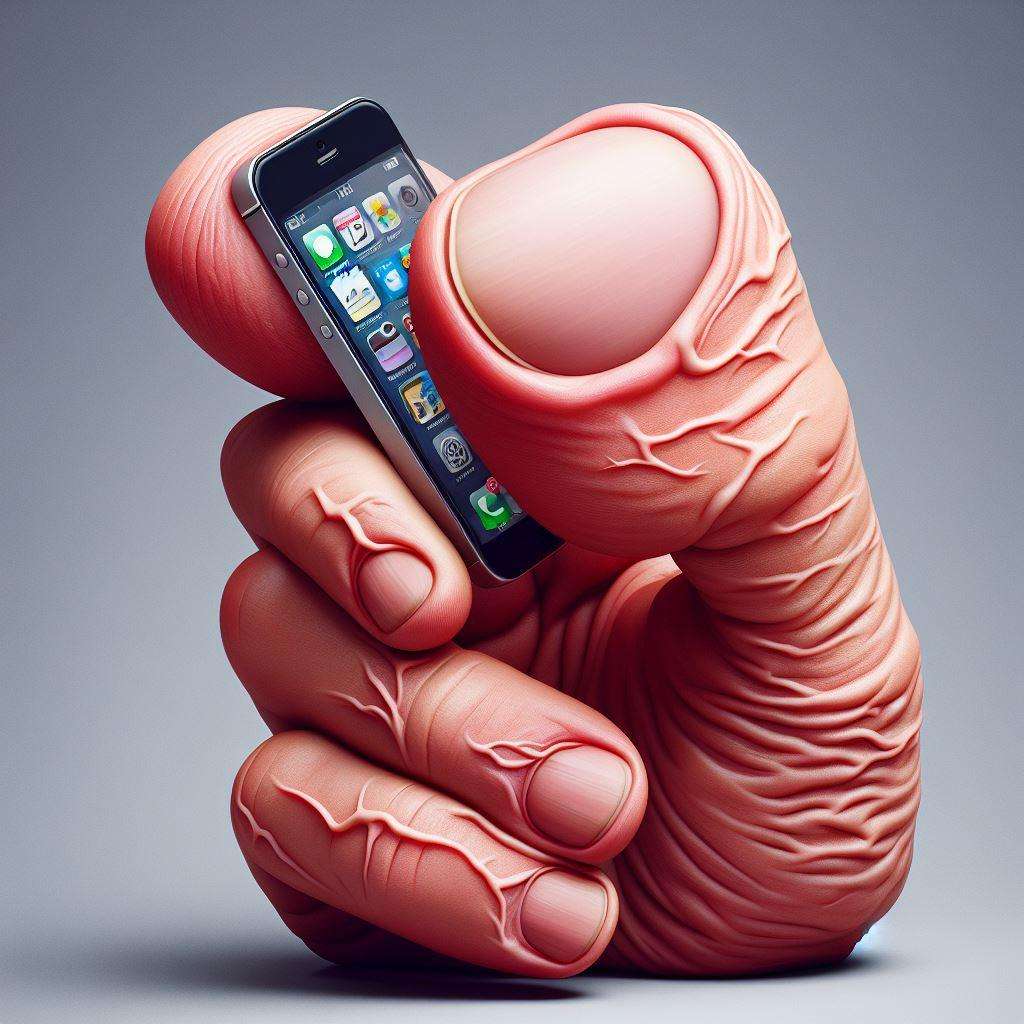Do You Have an “iPhone Finger”? Understanding the Impact of Prolonged Smartphone Use
In the modern age, smartphones have seamlessly integrated into our daily lives, becoming extensions of ourselves. As our reliance on these devices grows, so do concerns about potential health implications related to prolonged usage. One of the emerging terms that have sparked attention recently is the concept of an “iPhone finger,” associated with a speculated indentation developing on the pinky finger due to extended smartphone holding positions.

Exploring the iPhone Finger Phenomenon:
- Origins of the Term:
- The term “iPhone finger” gained momentum online, particularly highlighted by a podcast known as “The TJ Show.” Hosts discussed visible dents on their pinky fingers, supposedly caused by habitual smartphone utilization patterns.
- This discussion led to widespread contemplation among both technology enthusiasts and medical professionals about the potential musculoskeletal impacts of smartphone usage.
- Debunking Medical Misconceptions:
- Health experts like Dr. Peter Evans from the Cleveland Clinic have refuted the existence of “iPhone finger” as a valid medical condition.
- Dr. Evans clarified that most depicted finger indentations related to smartphones merely reflect natural anatomical variations rather than being evidence of a specific smartphone-induced ailment.
Understanding Smartphone-Related Health Concerns:
- Existing Conditions:
- While “iPhone finger” might not be a verified medical issue, other conditions like “smartphone elbow,” or cubital tunnel syndrome, have been associated with smartphone use. This syndrome stems from repetitive bending of the elbow during activities such as texting, leading to nerve damage and related symptoms like tingling or numbness in the pinky finger.
- Ergonomic Risks:
- Extended smartphone use poses potential ergonomic risks, necessitating preventive measures to mitigate the chances of developing musculoskeletal problems or other health issues.
- Acknowledging these risks and maintaining awareness of proper smartphone usage techniques are essential steps towards safeguarding physical well-being in the technology-driven era.
In conclusion, while the “iPhone finger” phenomenon may not stand as a legitimate medical concern, the broader discussion underscores the importance of understanding the ergonomic implications associated with prolonged smartphone use. By being mindful of how we interact with our devices and taking proactive steps to prioritize ergonomic health, individuals can navigate the digital landscape while safeguarding their physical well-being effectively.
By shedding light on the “iPhone finger” discourse and emphasizing the significance of ergonomic awareness in smartphone usage, we aim to empower individuals with knowledge to make informed decisions regarding their digital habits and overall health.

